
With food prices continuing to soar, more and more Canadians are turning to growing their own food. While there are some up front costs families are finding ways to make it affordable and easy to maintain.
Let’s get Started..

1. Location, Location, Location
An important factor when considering a vegetable garden. Most vegetable gardens do best in full sun, 8 hours plus daily is favorable. Be careful not to choose an area exposed to high winds, as strong winds can quickly dry out the soil, and topple over tall plants. Also choose an area where there will be no standing water, rather a natural run off. You don’t want a soggy garden after every rain fall.
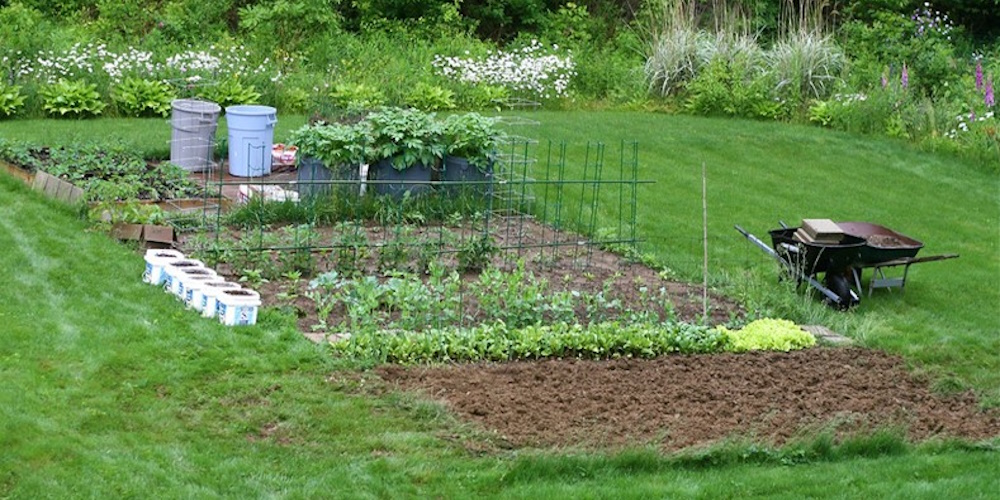
2. Size Matters
While 400 sq’ sounds large, it’s a good size for a vegetable garden. It will yield enough food for a family of 4 throughout the growing season, with enough left over for preserving. It would take 2 to 3 hours a week to tend this garden.
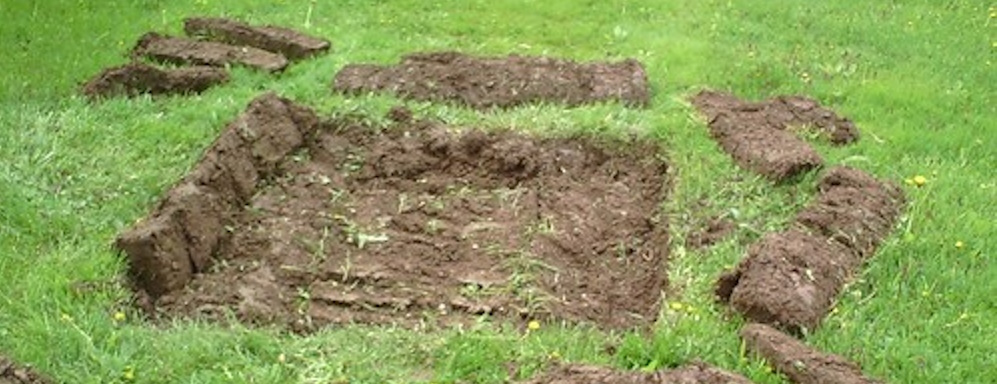
3. Preparing the Vegetable Garden
Removing the sod.
For this part you will need a string line, 4 wooden stakes, a sharp garden spade and a can-do attitude. Stake out your vegetable garden with the string line, 20 x 20. Cut along the string line to about 1” deep, then start shaving off the sod, you will get the hang of this very quickly. This is the fastest, cheapest, and cleanest way to remove the grass from your new vegetable garden. Good luck. Prep time 3 to 4 hours.
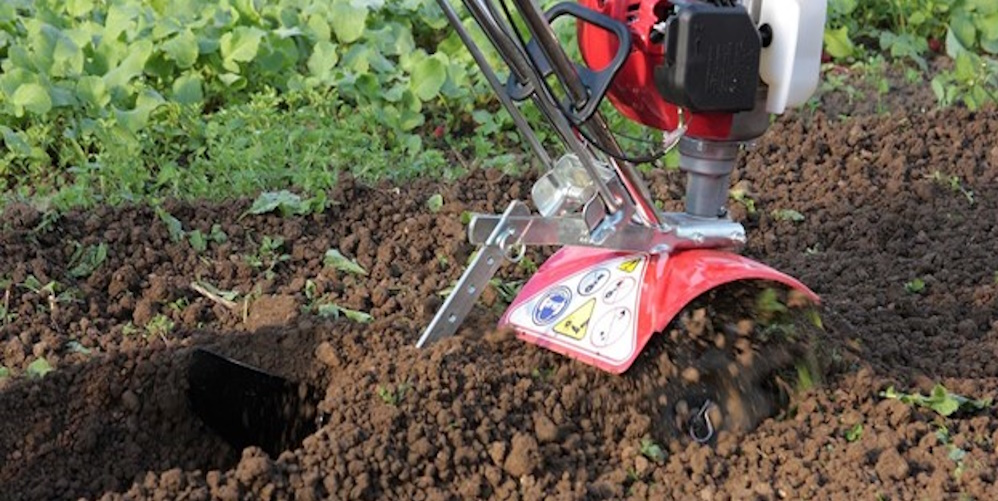
4. Amending the Soil
A way to overturn the soil and add compost. There are 3 techniques:
Double digging – a 200-year-old method used to increase soil drainage and aeration.
Rotor tiller – used for the last 50 years to overturn the soil while adding compost.
Sifting – This process improves the texture of the soil while removing rocks, roots, builder debris and any other unwanted material. Sifting cleans the soil, loosing it to allow better water and air flow. Sift to a depth of 5 to 6 inches, removing all debris. Prep time 3 to 4 hours.

5. Adding your Soils
Adding a 6-to-8-inch layer of soil, compost and peat moss to your newly sifted vegetable garden and combing all the soils together will create a desired loamy soil best suited for vegetable gardens. Prep time 2 to 3 hours.
Note: All types of soils can be found locally at your neighbourhood landscape garden center.
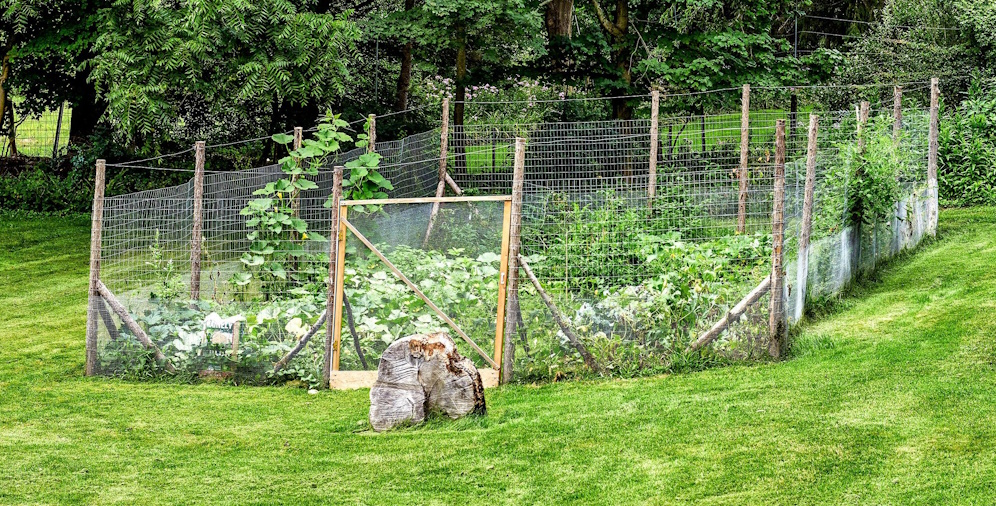
6. Protecting your investment
A physical barrier or fence around your vegetable garden is a must. Chicken wire with small holds are your best options to keep out those 4-legged neighbours who want more than just to borrow a cup of sugar.
Example of an easy vegetable garden fence is hammering in a T-bar into each coroner and middle of each side of the veggie garden, then wrapping it in chicken wire to a height of 4’ securing it to the T-bars.
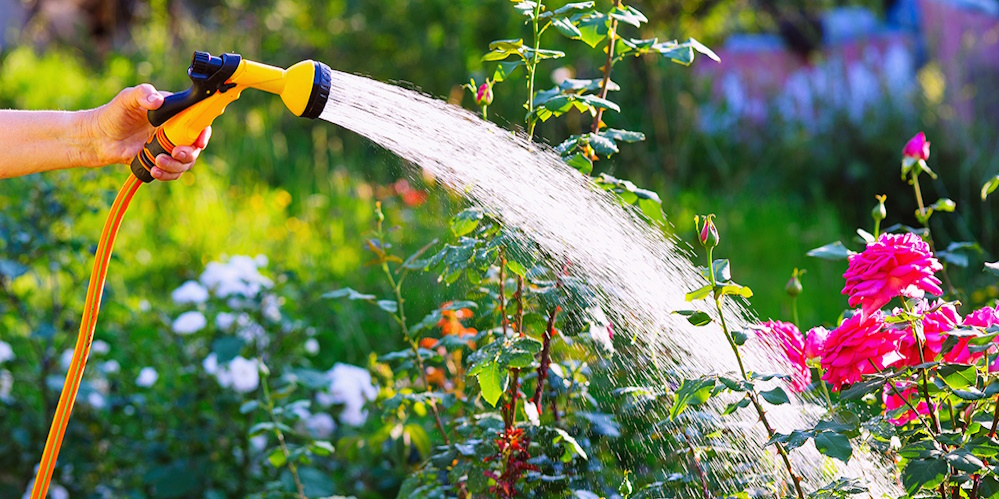
7. Water – The lifeblood of your vegetable garden.
It is almost impossible to overstate the importance of water to your vegetable garden. You simply can not rely on rainwater. Also, while watering by hand can be fun it can become demanding and labour intense, on those hot summer days you will need to water twice a day. If your lucky enough to have an irrigation system, your irrigation technician has just become your new best friend. He can easily advise you on how to water your veggie garden. He can even give you water on demand, simply by pushing a button on your phone.
80% of all veggie gardens fail in their first year, due to the lack of water.
Finally….
Installing a vegetable garden is not a sprint, it will take time. However, it can be accomplished over a 2 to 3 weekend period. Make it a family fun project, shared by everyone. In the weeks that follow you will quickly see your hard work growing and you will be enjoying perfect potatoes and tasty tomatoes.
May Edition – The Vegetable Garden (continued)
You can reach me at: lu@yatessprinklers.com
Input your search keywords and press Enter.